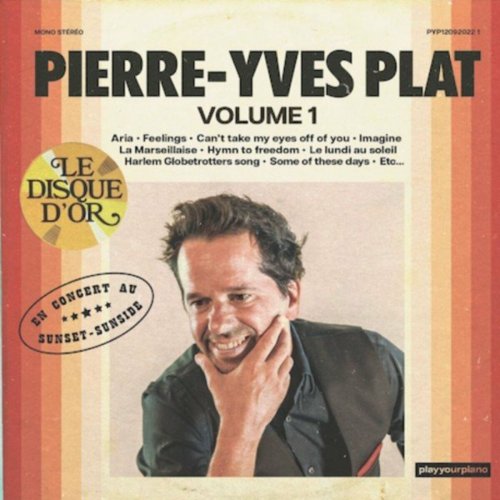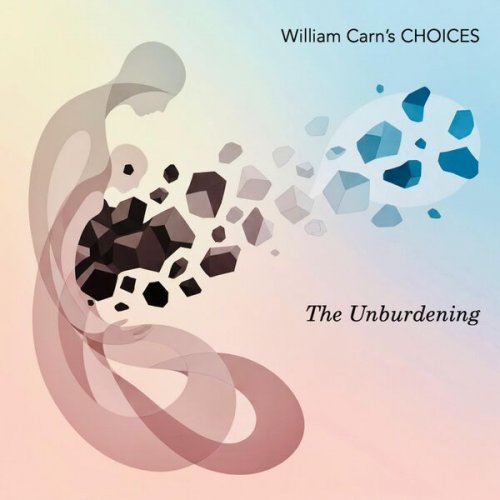Giovanni Mareggini, Kumi Uchimoto - Sound without Borders (2025)
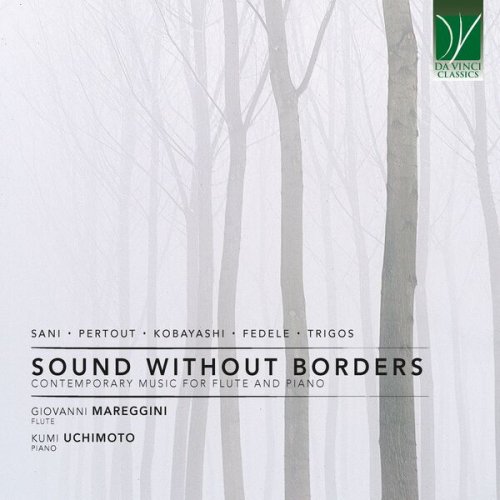
Artist: Giovanni Mareggini, Kumi Uchimoto
Title: Sound without Borders
Year Of Release: 2025
Label: Da Vinci Classics
Genre: Classical
Quality: flac lossless (tracks)
Total Time: 00:39:50
Total Size: 140 mb
WebSite: Album Preview
TracklistTitle: Sound without Borders
Year Of Release: 2025
Label: Da Vinci Classics
Genre: Classical
Quality: flac lossless (tracks)
Total Time: 00:39:50
Total Size: 140 mb
WebSite: Album Preview
01. I binari del tempo
02. La Vita Nuova, No. 479c
03. Short Novel
04. Dedica
05. Tombeau de Castiglioni
The works presented on this disc extend the fertile creative season that, from the 1950s onwards, has seen the flute occupy the forefront of the most advanced linguistic research. In each score, however—albeit to varying degrees—the post-war avant-garde’s experimental technicalism has been superseded. What emerges instead are highly differentiated compositional attitudes: some pieces favour rhythmic–melodic figurative play, others pursue a purely timbral investigation, while still others reclaim an exquisitely cantabile dimension.
The most recent compositions—Short Novel, Tombeau de Castiglioni and La vita nuova—were written for, and dedicated to, Giovanni Mareggini and Kumi Uchimoto. By contrast, I binari del tempo for flute and electronics was premiered at Teatro alla Scala in 1999 with Mareggini as soloist, and Dedica pays tribute to Mario Caroli.
Nicola Sani: I binari del tempo (1998)
Sani’s declared vocation is to explore the ‘peripheries of sound’, conceiving the sonic phenomenon as an ‘environment in which one dwells’. This aspiration is vividly demonstrated in I binari del tempo, whose very life depends upon the close interaction between instrument and electronics. Since the outset of his career Sani has devoted himself to electronic research and to a pervasive intermedial dimension—a term he prefers to multimedial in order to stress the dialectical relationship that is established between different media, thereby creating an implicit dramaturgy.
In the present work the flute is amplified by two microphones (one at the embouchure and one at the foot-joint) and routed through a distant reverberation unit. The audience, meanwhile, is encircled by four loudspeakers that project a tape part realised in collaboration with flautist Manuel Zurria, whose recorded heartbeat is periodically audible.
Sani’s determination to transcend the traditional frontal perspective of performance places him firmly in the lineage of the most significant post-war experiments, chief among them Luigi Nono—himself the heir to Bruno Maderna’s pioneering ideas about the interaction of disparate sonic ‘dimensions’. The score is cast in independent sections that may be performed in partially aleatory succession and are liable to repetition. Sound production techniques encompass a wide spectrum: varying quantities of excess air, vocalisations into the instrument (also hums with closed mouth), frequent chordal ‘multisonics’, and dynamics that range from whispered pianissimi to explosive fortissimi in the high and super-high registers. Of particular interest is the transformational passage from one mode of execution to another—for example, a reiterated note thickening into a flutter-tongue or trill.
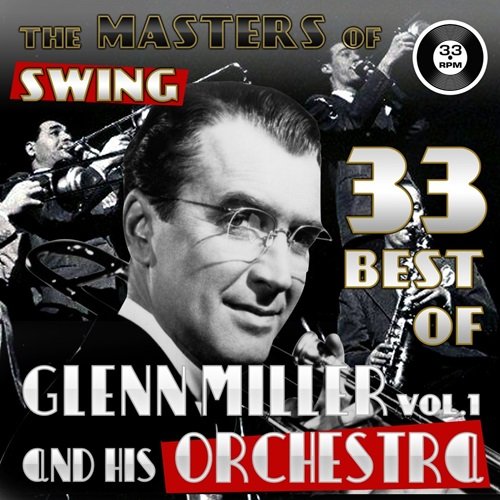
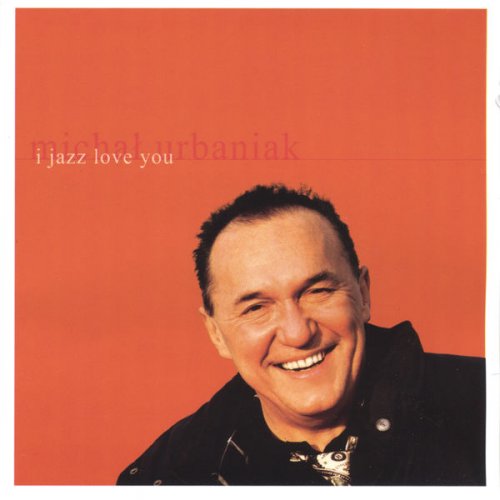
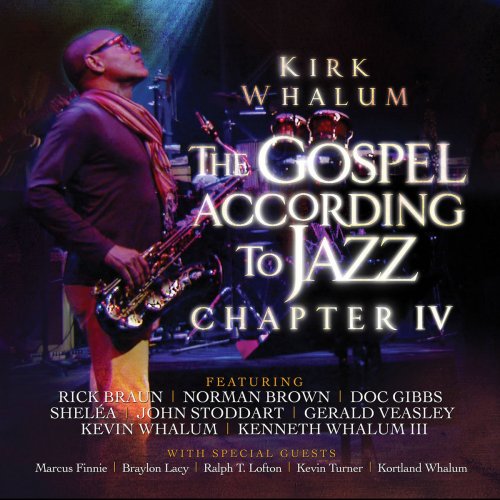
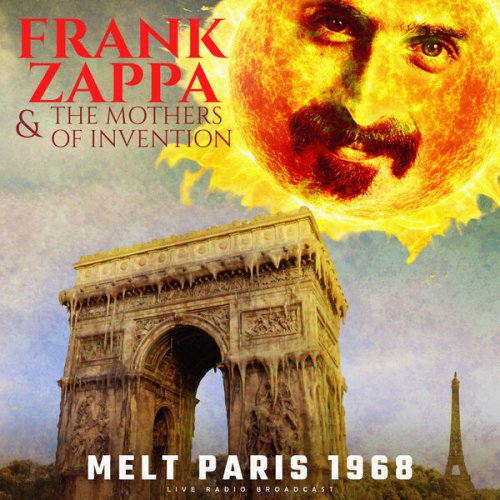
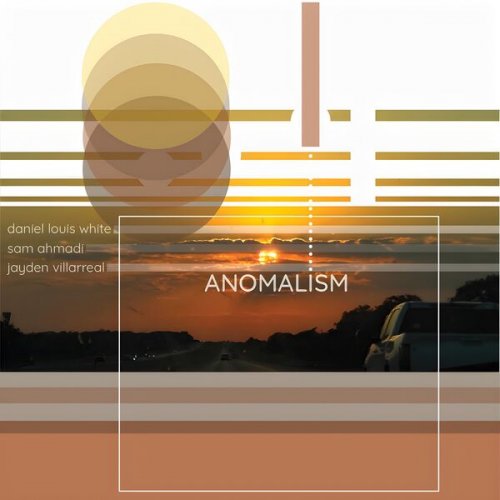
![Black Flower - Abyssinia Afterlife (2014) [Hi-Res] Black Flower - Abyssinia Afterlife (2014) [Hi-Res]](https://img.israbox.com/img/2025-12/21/anj3jk2va3pc3i9y3pv0m7zde.jpg)

